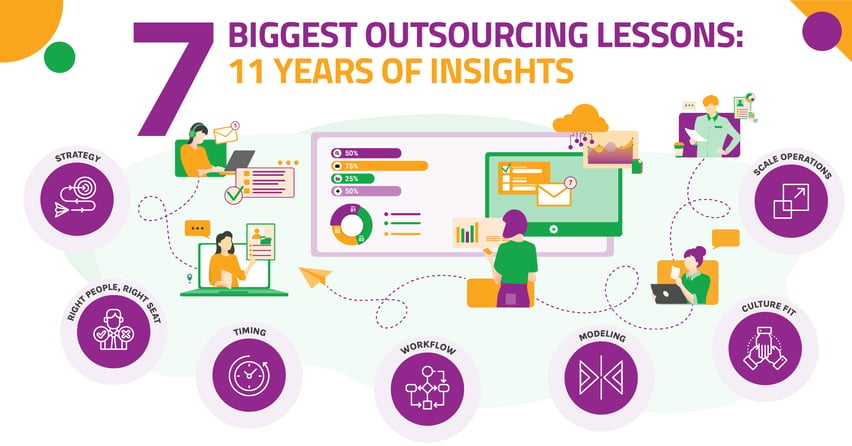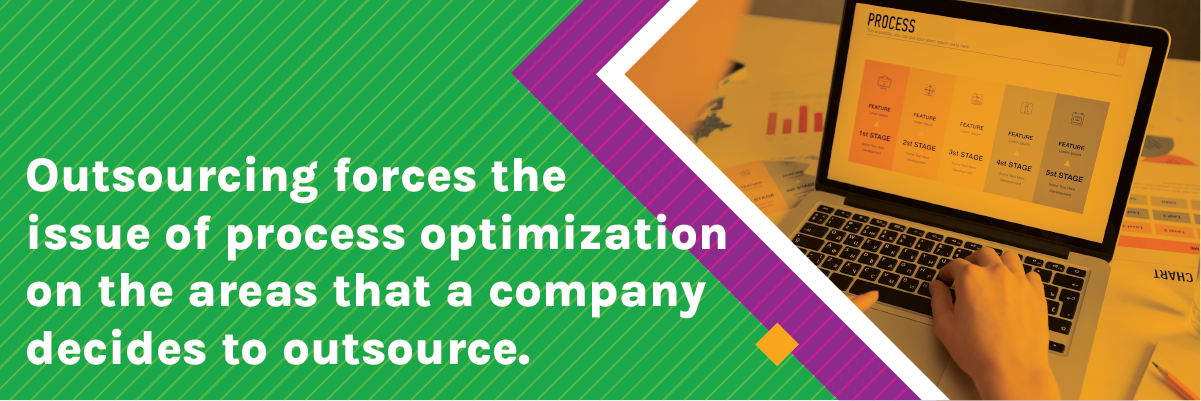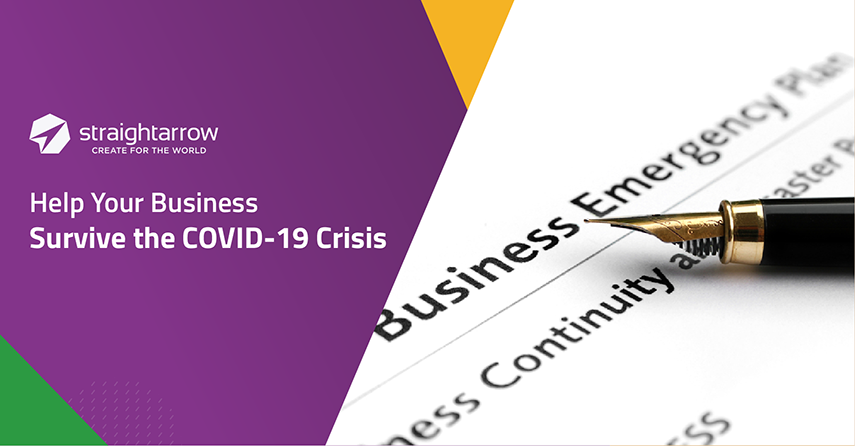7 Biggest Outsourcing Lessons of the Past 11 Years

After 11 years of building an outsourcing company in the Philippines supporting big and small clients in the US, Canada, UK, Europe, Australia and other parts of the world, our experience has taught us that many of the ideas we subscribe to about outsourcing are not entirely true.
Here are the 7 biggest outsourcing lessons we’ve learned over our first decade in Creative Process Outsourcing:
Outsourcing is a strategy, but not always a cost play.
Minimizing labor costs to protect, if not maximize, profitability while continuing to deliver a great customer experience is the keystone of outsourcing. However, our biggest clients in the US & the UK use criteria for outsourcing decisions that are far more strategic.
They outsource to:
-
-
-
- Fund long-term growth with short-term resources, minimizing financing costs and avoiding the risk of diluting their ownership stake.
- Create operational redundancy 24 x 7
- Create operational accountability with a champion-challenger set-up
- Create flexible capacity in anticipation of peaks and troughs that are not as easy to predict
-
-
HR's goal is not retention but retention of “Right People, Right Seat."
Finding, onboarding and maximizing employees' productivity takes significant time, energy and financial resources. But retaining employees who have outgrown their seats can be just as costly, if not more. The reality is that while some outsourced functions can grow and evolve over time, most of these functions can only grow to a certain extent.
Some functions make sense to outsource and some don’t. On the other hand, talented employees of outsourcing companies continue to grow and look for bigger challenges, bigger opportunities and bigger compensation.
While working to retain as much domain, industry and market expertise in an organization, outsourcing companies need to find the delicate balance between retention and productivity.
At StraightArrow, we keep a close eye on labor efficiency ratios, model increases in compensation vs escalations in client contracts, and smoke out issues whenever these ratios start to fall unexpectedly.
When employees outgrow their seats, an increase in compensation without an increase in the depth and breadth of the job itself usually results in:
- a temporary increase in job satisfaction and employee happiness; but
- a permanent increase in labor costs.
In these cases, what we strive to do is find a better seat for employees - either by working with our clients to explore opportunities to redesign the seat. We work with them to see if it would help them to add more accountabilities or expand the scope of current accountabilities - and consequently, increase the commercial value of the seat.
If this is not an option, we work to find a better fit for the outsourced seat and a better seat for the employee, inside or outside of our company. This approach may not sound like the right thing to do for other leadership teams but in our experience, it truly is.
Ensuring employees are the “right people, right seat” results in a culture of happy and engaged employees.
To this end, we’ve worked to estimate a shelf life for team members in the most popular outsourced functions to predict how much time an employee would stay happy and engaged in the seat.
We can then manage employee fit more proactively, helping them map their careers on one hand, and working with our clients in the spirit of partnership to ensure they always have great people assigned to their outsourced teams.
Outsourcing is a matter of timing.
For many years before the pandemic, we have hosted groups of entrepreneurs and corporate leaders in our offices who visit to do initial due diligence on outsourcing in the Philippines.
One of the questions I’m often asked during these visits is: “why do you think we should consider outsourcing?”.
My response to this question is to flash a slide with logos of some of the world’s biggest, most well-known brands, followed by a map of where their outsourced teams are located in the Philippines. For many of these companies, I also share the year when they started outsourcing to the Philippines.
The point I work to drive home is that outsourcing seems to be an effective strategy for many big companies. They use outsourcing to extend their capabilities as they continue to globalize their market reach.
They have gotten to levels of efficiency that allow them to stay competitive and agile - in the words of Isadore Sharpe, they have found a way to:
“Systemize the predictable so we [they] can Humanize the exceptional.”
With so many verifiable success stories, why wouldn’t other businesses consider outsourcing and become truly global?
In the past, when the barriers to entry for outsourcing were so high that only big companies could afford to do it right, it made sense for businesses to only consider outsourcing when they reached a specific size. However, the barriers to entry are currently so low - virtually non-existent. It’s a buyer’s market.
Entrepreneurs and corporate leaders don’t need significant financial resources to leverage outsourcing. They need to clearly understand their core capabilities, a vital process component, predictive and insightful data, a clear operational strategy, and the ability to effectively communicate and collaborate online. They also need the curiosity and appetite to explore new territories, laser-focused on the results they need to deliver for their companies.
The good news is that the ingredients to outsource successfully are no longer available only to big players. The challenge is that the ingredients will require gathering time, and many business owners believe they don’t have enough time.
Outsourcing reveals weaknesses in a company’s workflows.
Our proven outsourcing process for becoming the creative muscle for our clients involves a pilot phase where we test our ability to work together as vendor-client partners. We only advance to contracting after successfully completing this phase.
There are many reasons why pilot projects fail but the biggest one by far - from our perspective - is a lack of systems and structure on the side of potential clients. Put simply, many potential clients’ operations are too heavily dependent on specific people that without these people, work couldn’t flow - projects cannot be briefed, process steps cannot be followed and entire processes cannot run.
We have created a Process Engineering team to help our clients document, review and optimize processes to see which part of these processes makes sense to outsource.
It’s hard to believe that so many companies turning over millions of dollars in annual revenues put little to no focus on documenting their core processes and consequently putting their operations at risk.

Outsourcing forces the issue of process optimization on the areas that a company decides to outsource. At a minimum, it identifies handover points and clarifies accountabilities for them. Workflow segments that are outsourced are then documented, reviewed and optimized.
Some of our clients have found this exercise itself to be so valuable that they have engaged us to help them document and lead process reviews for operational areas outside our scope.
SMEs can model big corporations when it comes to outsourcing.
Advocates of entrepreneurship often point to the speed of small and medium enterprises as a competitive business advantage. However, in our experience, this is not true regarding outsourcing.
SMEs tend to take a very short-term and tactical view of outsourcing, considering outsourcing only as a way to save on costs. Many SMEs that come to us for help with their design, development or digital marketing requirements do so only with specific projects in mind. Many of them place a job order like they would place a fast-food order - hurriedly, without any context, and with limited information.
On the other hand, our big corporate clients approach outsourcing with much more thought and foresight. They have a clear end in mind and outsourcing is one of the means to that end.
As a result, they co-invest with us in completing pilot projects - paying close attention to the outcomes and processes. They work with us to map-out processes, identify points of failure, brainstorm with us on solutions and test them.
It doesn’t cost SMEs more than big corporate clients to invest in pilot projects. In fact, we estimate that it costs our big corporate clients significantly more in executive time to go through pilot projects with us as they tend to involve more people in the exercise. And in most cases, they also enjoy significantly more returns as we can build highly effective, productive outsourced teams that function as virtual extensions of their teams onshore.
Outsourcing success requires culture fit.
StraightArrow has a strong set of core values that drive our culture and guide decision-making across all levels of our organization. We use these core values to identify the right people for us - employees and clients.
It is important to us that the clients we serve share our core values because we know from experience that clients who share our values tend to approach their business the way we do.
In the end, the relationship becomes more and more strategic and mutually rewarding. It benefits not just our companies but our clients’ end customers.
Core values alignment closes the value loop. It allows open and honest communication between us and our clients so issues are smoked out and creative digital marketing solutions are tested as early as possible.
Outsourcing involves human energy in all forms and whenever humans are involved, outcomes are never perfect. But shared core values make shared accountability possible.
Outsourcing is a way to scale that can be funded by operations.









Comments